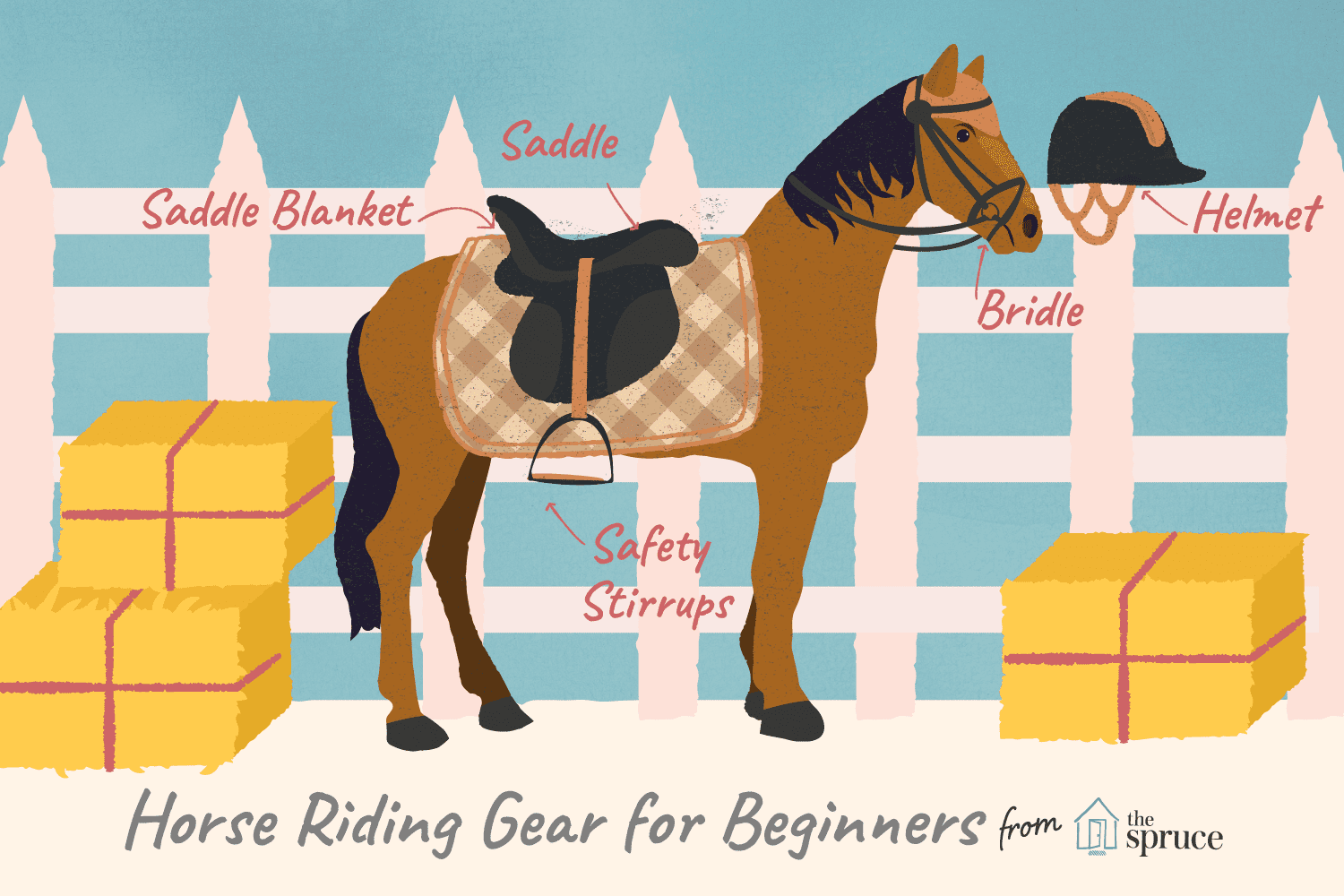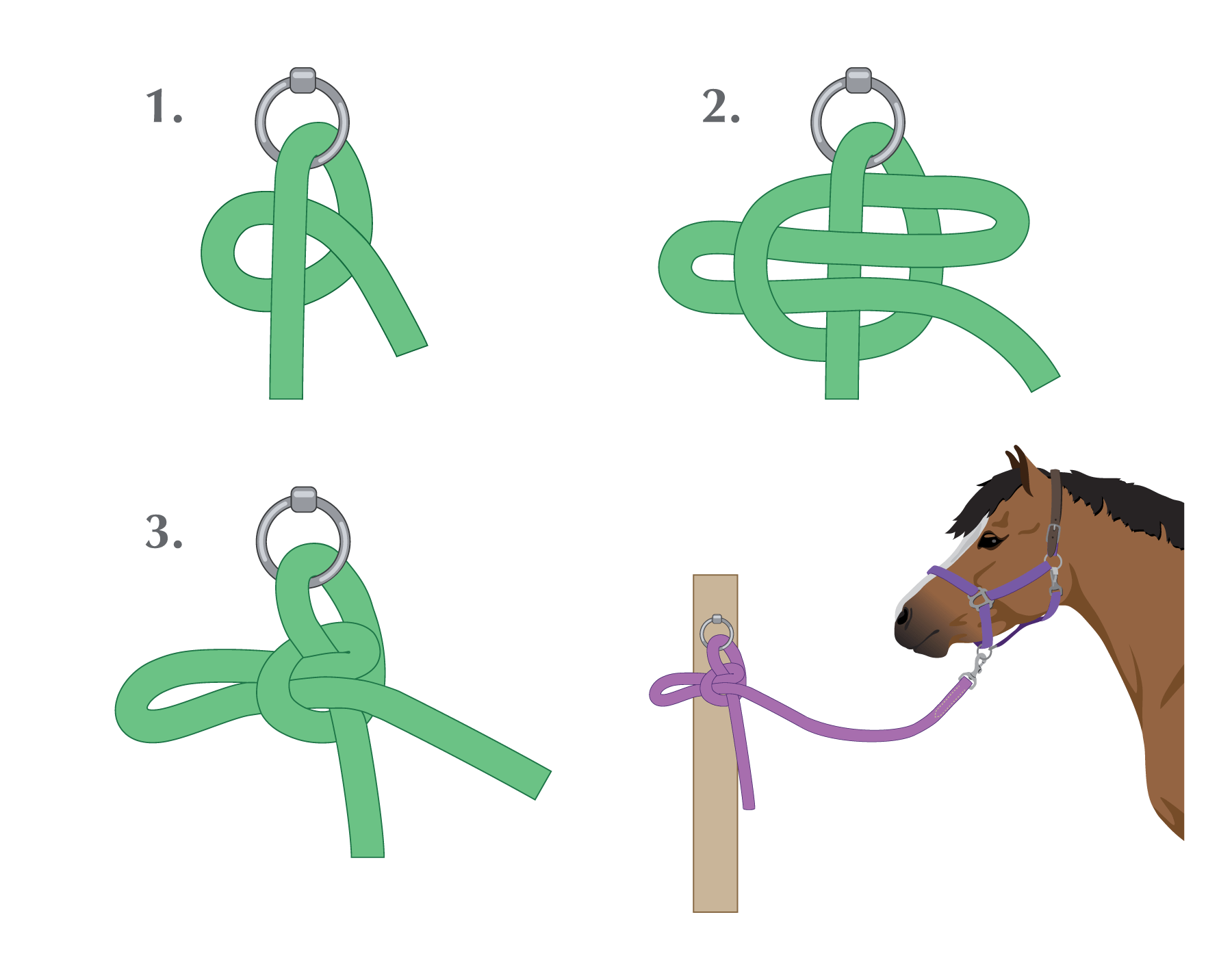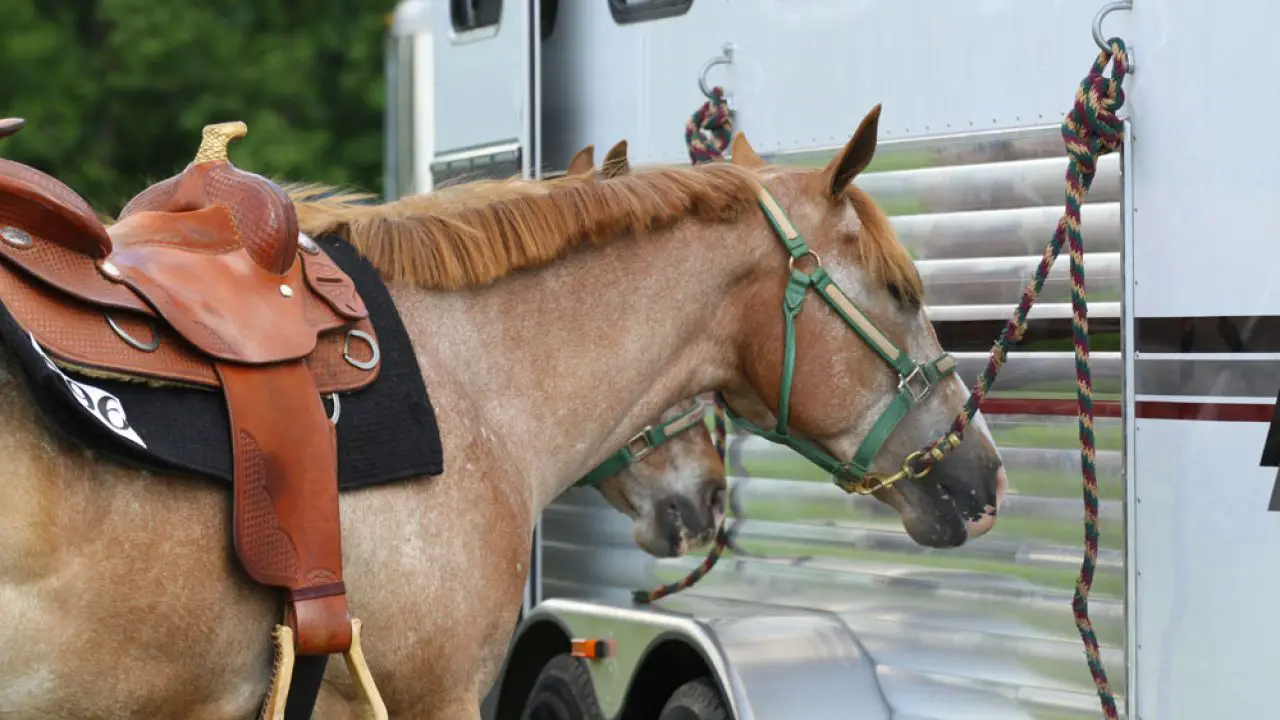Tying a horse is an essential skill for any equestrian. Whether you are preparing for a trail ride, grooming your horse, or simply need to keep your horse secure, knowing how to tie a horse safely and effectively is crucial. In this comprehensive guide, we will cover everything you need to know about tying a horse, from selecting the right type of knot to best practices for ensuring your horse’s safety and comfort.
Understanding Horse Behavior

Before diving into the specifics of tying a horse, it’s important to understand the behavior and instincts of these magnificent animals. Horses are prey animals, and their natural instinct is to flee from perceived threats. When a horse feels trapped or restrained, it can trigger anxiety and fear, leading to potential danger for both the horse and handler. By understanding the psychology of horses, we can approach the task of tying them with empathy and respect, ultimately creating a safer and more positive experience for everyone involved.
Recognizing Stress and Anxiety
One of the key elements of tying a horse is recognizing signs of stress and anxiety. Common indicators include restlessness, pinned ears, swishing tail, and attempts to pull away or escape. It’s crucial to be attuned to your horse’s body language and behavior to ensure that they are comfortable and at ease during the tying process. Being mindful of these cues will allow you to adjust your approach and provide the necessary reassurance to your horse.
Building Trust and Confidence
Building trust and confidence with your horse is fundamental to successful tying. By establishing a strong bond based on mutual respect and understanding, you can help your horse feel more secure when tied. Spending quality time with your horse, engaging in positive reinforcement training, and consistently demonstrating patience and empathy will lay the foundation for a trusting relationship, making the tying process smoother and less stressful for your equine companion.
Essential Equipment for Tying

Before you begin tying your horse, it’s important to gather the necessary equipment to ensure a safe and secure connection. Here are the essential items you’ll need:
Lead Rope
A lead rope is a fundamental tool for tying a horse. It should be of appropriate length and thickness to provide a secure hold without causing discomfort to the horse. Look for a lead rope made of durable material that offers a good grip and reliable strength.
Halter
A well-fitted halter is crucial for tying a horse safely. Ensure that the halter is in good condition, with no fraying or weak spots. The fit should be snug but not overly tight, allowing your horse to breathe and move comfortably while preventing the risk of slipping or getting caught.
Safe Tying Area
Selecting a suitable tying area is equally important. Choose a location with secure and sturdy tie-up points, such as a hitching post or a solid fence post. Avoid tying your horse to objects that are unstable or could break under pressure, as this could result in an unsafe situation for both you and your horse.
Types of Knots for Tying a Horse

There are several types of knots commonly used for tying horses, each with its own advantages and applications. Understanding the characteristics of these knots will allow you to choose the most suitable option for your specific needs. Here are some of the most widely used knots for tying horses:
Quick Release Knot
The quick release knot, also known as the bowline knot, is a popular choice for tying horses as it allows for rapid release in case of emergency. It’s a secure knot that can be easily untied with a single pull, providing a quick and safe way to free the horse if necessary.
Slip Knot
The slip knot is another versatile option for tying horses. It can be adjusted to the desired length and offers a quick release feature when needed. This knot is especially useful when tying a horse for grooming or tacking up, as it allows for easy and efficient adjustments.
High-Tie Knot
The high-tie knot is designed to keep the horse’s head elevated, making it suitable for situations where you need to restrict the horse’s movement, such as when vet or farrier work is being performed. It provides a secure hold while ensuring the horse’s comfort and safety.
Figure-Eight Knot
The figure-eight knot is a simple yet reliable knot that is easy to tie and untie. It is often used for temporary tying situations, such as when securing a horse while grooming or during a brief rest period.
Best Practices for Tying a Horse

Now that you understand the essentials of tying equipment and various knot options, it’s time to delve into the best practices for tying a horse. Following these guidelines will help ensure the safety and well-being of your horse while promoting a positive experience for both you and your equine partner.
Secure but Not Restrictive
When tying a horse, it’s important to achieve a balance between security and freedom of movement. The knot should be firm enough to hold the horse in place, but not so tight as to restrict their natural movements or cause discomfort. A well-tied knot allows the horse to shift their weight and adjust their stance without feeling constrained.
Positioning for Safety
The placement of the tie-up point plays a critical role in ensuring the horse’s safety. Avoid tying the horse too high or too low, as this can lead to unnecessary strain on their neck or the risk of entanglement. The tie-up point should be at a height that allows the horse to stand comfortably with a slight slack in the lead rope.
Supervision and Monitoring
It’s essential to supervise a tied horse at all times, especially if they are in an unfamiliar environment or situation. Keep an eye on your horse for any signs of discomfort or distress, and be prepared to intervene if necessary. Regularly check the condition of the knot and the tie-up point to ensure everything remains secure.
Training and Desensitization
Introducing your horse to the tying process gradually and with positive reinforcement is key to building their confidence and trust. Begin by teaching your horse to stand calmly while being tied for short periods, gradually increasing the duration as they become more accustomed to the experience. Desensitization exercises, such as introducing the sound and feel of the lead rope, can help your horse feel more at ease with the tying process.
Common Mistakes to Avoid

While learning how to tie a horse, it’s important to be aware of common mistakes that can compromise the safety and well-being of both the horse and the handler. By recognizing and avoiding these pitfalls, you can ensure a positive and secure tying experience for your horse.
Using Improper Knots
Using inappropriate or poorly tied knots can pose a significant risk to the safety of your horse. Always select a knot that is suitable for the specific purpose and ensure it is tied correctly to prevent slippage or accidental release.
Leaving the Horse Unsupervised
Leaving a tied horse unattended is a dangerous practice that can lead to potential accidents or injuries. Always stay with your horse while they are tied, and be prepared to address any issues that may arise.
Overlooking Frayed Equipment
Regularly inspect your tying equipment for signs of wear and tear, particularly the lead rope and halter. Frayed or damaged equipment should be promptly replaced to avoid the risk of breakage during tying.
Ignoring the Horse’s Signals
Disregarding your horse’s signals of distress or discomfort can result in heightened anxiety and potential resistance to being tied in the future. It’s essential to be attentive to your horse’s behavior and respond accordingly to ensure their well-being.
If you’re looking to learn more about caring for horses, you might find our articles on tying horse knots, brushing horses, and trimming horse hooves helpful. Explore the fascinating world of equine care and maintenance!
Conclusion

Tying a horse is a fundamental skill that every equestrian should master. By understanding the behavior of horses, selecting the appropriate equipment, choosing the right knot for the task, and following best practices for tying, you can create a safe and comfortable environment for your horse. Building a foundation of trust and respect with your horse will not only make the tying process smoother but also strengthen the bond between you and your equine companion. With the knowledge and techniques outlined in this guide, you can approach tying your horse with confidence and care, ensuring a positive experience for both you and your four-legged friend.



